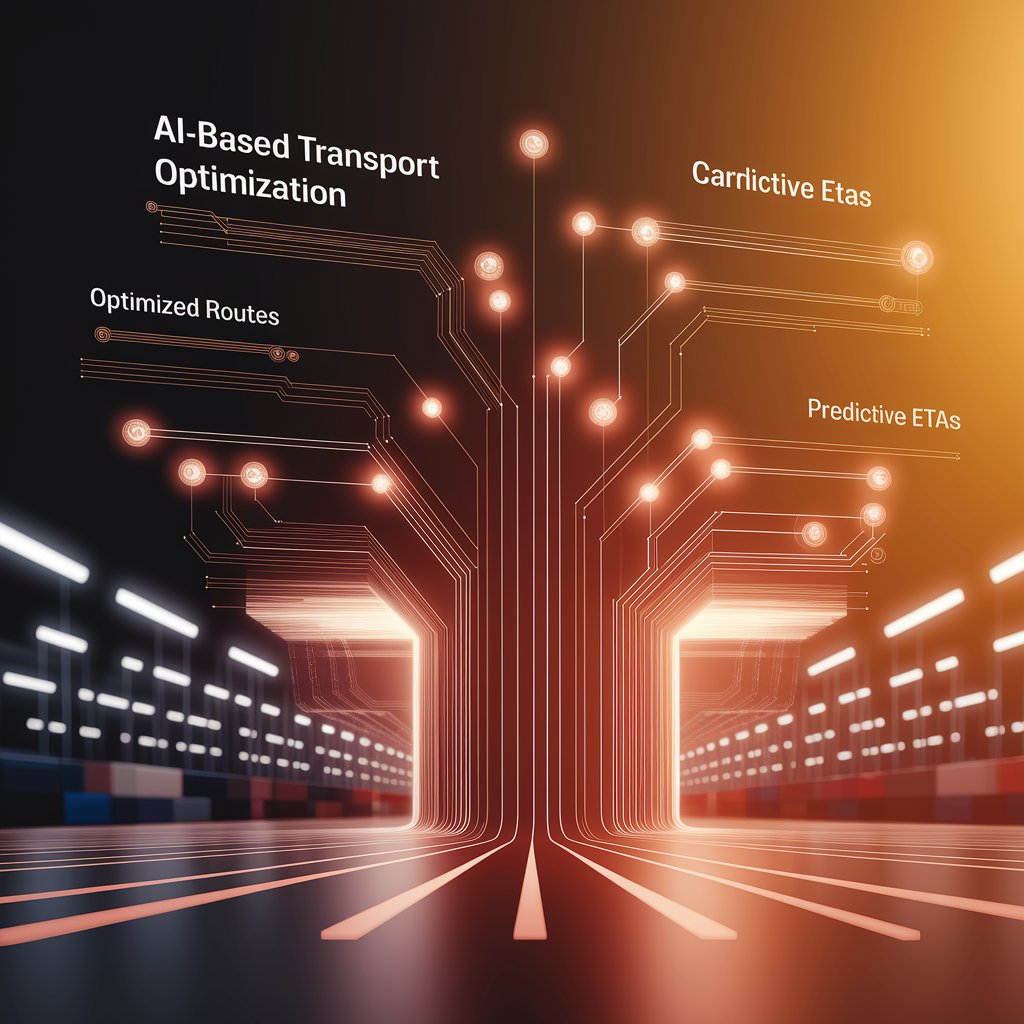How AI-Based Transport Optimization Works with Linbis
Transport is one of the largest cost centers in logistics. Inefficient routing, poor carrier selection, and unpredictable delays increase expenses and reduce customer satisfaction. Traditional planning tools rely on static data and cannot adapt quickly to real-world changes.

Introduction
With AI-based transport optimization, Linbis uses artificial intelligence to analyze routes, demand, and carrier performance in real time—delivering smarter, faster, and more cost-effective transport decisions.
Step 1: Collect Transport Data
Linbis gathers critical transport information from:
- Carrier APIs: Rates, schedules, availability.
- GPS/IoT devices: Real-time location, traffic, fuel usage.
- Shipment details: Cargo weight, dimensions, service level.
- Market conditions: Weather, fuel prices, port congestion.
Step 2: Apply AI Optimization Models
AI in Linbis calculates the best transport options by balancing:
- Cost efficiency: Lowest freight spend.
- Transit speed: Shortest delivery time.
- Carrier reliability: On-time performance history.
- Sustainability: Routes with lower emissions.

Step 3: Automate Route and Carrier Selection
- Shipment enters Linbis TMS.
- AI engine instantly assigns best route + best carrier.
- Operations team receives optimized plan with cost and ETA details.
Step 4: Trigger Proactive Workflows
- If traffic congestion detected → AI reroutes shipment.
- If delay risk forecasted → Customer notified automatically.
- If cost spike detected → Linbis recommends alternate carrier.
Step 5: Visualize Results in Dashboards
Linbis provides transport managers with:
- Route heat maps.
- Cost savings reports.
- Predictive ETA dashboards.
- Carrier performance scorecards.

Advanced Features
- Multi-modal optimization: Air, ocean, trucking.
- Scenario simulation: Test “what if” disruption cases.
- Carbon tracking: Monitor emissions by route.
- Dynamic reallocation: Reassign shipments mid-transit if issues arise.
Real-World Example 🚛
A logistics provider in Chicago implemented AI-based transport optimization with Linbis. In 4 months:
- Reduced transport costs by 14%.
- Improved on-time deliveries by 21%.
- Lowered carbon emissions by 10% through smarter routing.

Benefits 📈
- Lower Costs: Smarter carrier and route decisions.
- Higher Reliability: More accurate ETAs and fewer delays.
- Efficiency: Automate transport planning workflows.
- Sustainability: Reduce emissions and improve compliance.
- Scalability: Works across thousands of shipments daily.
Conclusion
With AI-based transport optimization, Linbis transforms transport planning into a proactive, automated process. By applying AI to real-time logistics data, companies reduce costs, improve efficiency, and deliver reliable service to customers.
